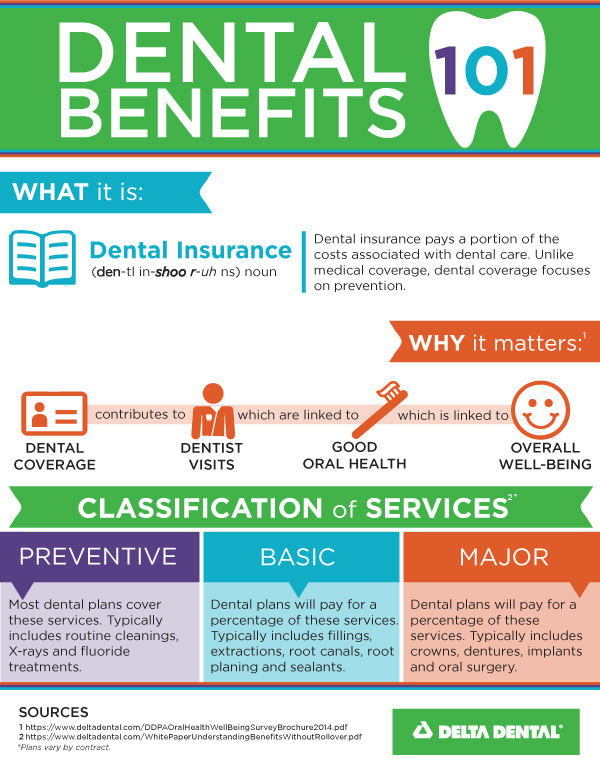Remain Got Ready For Unforeseen Oral Emergency Situations By Recognizing The Signs Of Injury And Understanding When It Is Needed To Look For Immediate Healthcare
Remain Got Ready For Unforeseen Oral Emergency Situations By Recognizing The Signs Of Injury And Understanding When It Is Needed To Look For Immediate Healthcare
Blog Article
https://howmuchforteethimplants76438.blogoscience.com/36816773/explore-crucial-referrals-for-a-successful-recovery-adhering-to-oral-implant-surgery-recognize-the-significance-of-discomfort-administration-and-oral-health-to-facilitate-a-smooth-and-reliable-recovery-process By-Kang Walls
If you feel a sudden jolt of pain or notice a tooth injury, it can be distressing. However how do you figure out if it's a dental emergency situation that requires instant interest? Understanding the critical indicators and recognizing when to seek help can make all the difference in maintaining your oral health and wellness. Knowing when to act swiftly might indicate the difference between a quick fix and extra comprehensive therapy.
Common Types of Dental Injury
What're the usual types of oral trauma that you should recognize?
Mishaps can take place, causing different sorts of oral injuries. One usual kind of dental injury is a split tooth. This can happen from biting down on something tough or experiencing a blow to the face.
Another type is a damaged tooth, where a part of the tooth can chip off. Additionally, you may experience a knocked-out tooth, which can occur during sporting activities or falls. It's critical to manage the tooth very carefully and look for instant oral attention.
Dental trauma can also include a tooth that has actually been pushed out of setting or loosened because of an injury. This kind of injury needs timely therapy to save the tooth.
Finally, soft tissue injuries in the mouth, such as cuts, can likewise happen from accidents. Knowing about these common types of oral injury can assist you act promptly and suitably in case of an emergency situation.
Indications of Oral Emergency Situations
Recognizing the signs of oral emergency situations is important for punctual activity and correct treatment. If you experience extreme tooth pain that's constant and throbbing, it might indicate a hidden problem that needs instant attention.
Swelling in you can find out more , face, or jaw can also signify a dental emergency, particularly if it's accompanied by pain or high temperature. Any type of type of injury to the mouth resulting in a split, broken, or knocked-out tooth ought to be treated as an emergency situation to avoid additional damage and prospective infection.
Bleeding from the mouth that doesn't stop after applying stress for a couple of minutes is one more warning that you should look for emergency oral treatment. Furthermore, if you discover any kind of indicators of infection such as pus, a nasty preference in your mouth, or a fever, it's essential to see a dental expert asap.
Disregarding these indicators might result in extra serious issues, so it's essential to act swiftly when faced with a prospective dental emergency situation.
Importance of Immediate Treatment
Prompt action and prompt therapy are essential in dealing with oral emergencies to prevent further difficulties and ensure optimal results for your oral health.
When faced with simply click the up coming internet page , such as a knocked-out tooth or serious tooth pain, seeking instant treatment can make a significant difference in conserving your tooth and reducing discomfort. Delaying therapy can lead to infection, raised discomfort, and also irreversible damage to your teeth and gums.
By seeking emergency situation dental treatment without delay, you increase the opportunities of effective therapy and repair. Dentists have the necessary skills and devices to resolve emergency situations effectively, decreasing the danger of lasting effects.
Additionally, prompt treatment can help handle pain and discomfort, enabling you to resume your day-to-day tasks without distraction.
Conclusion
In conclusion, recognizing oral trauma and knowing when to seek emergency treatment is important for preserving dental health and wellness.
By identifying typical kinds of oral injuries and the signs of oral emergency situations, you can ensure prompt care to stop more damages and difficulties.
Remember, looking for immediate treatment can save teeth, decrease discomfort, and increase the opportunities of effective recovery.
Don't be reluctant to look for help from a dental specialist if you experience any indicators of dental trauma.
